Project 4: Self-Similar Fractals
Due Friday, 13 December
This project is concerned with ``fractals'', that is, objects whose
Hausdorff dimension is greater than their topological dimension (or,
roughly, ``things which are so wiggly we have to say their dimension is
not an integer''). Notice that I am purposfully omitting a precise
definition here; first, that's your job, and second, there isn't a
single definition that everyone accepts.
As usual, this project has both an expository and a computational portion.
For the expository part, you should write a short paper (3-5 pages or so) on
fractals, dimension, etc. You will probably want to refer to books and
articles in the library, including the two books on reserve for this course
(Peitgen/Jürgens/Saupe and Falconer). In this paper, you should give
definition, explanations and examples of fractal dimension,
self-similarity, and fractals in general, as well as other relevant topics
you might care to add. For example, you could discuss and describe
Hilbert's space filling curve. You should certainly give an
explicit calculation of the dimension of a fractal or two.
Please take the time to write something that can stand on its own, outside
the context of this class.
For the computational part, you should use maple to do the
following (you should do more levels than I show here):
- Make a Sierpinski Carpet. What is its fractal dimension?
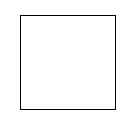
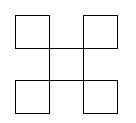
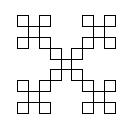
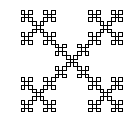
OOOPS! After passing this out, I realized that the usual "Sierpinski
Carpet" includes the squares from the previous level. Thus:
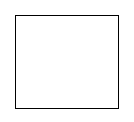
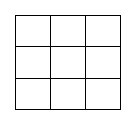
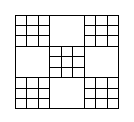
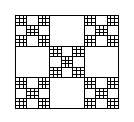
You can make either, or both. If you care to think about it, how do the
dimensions of the two types of carpet compare? Does a calculation match
with your intuition?
- Make a von Koch Snowflake. What is its dimension?
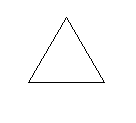
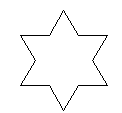
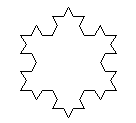
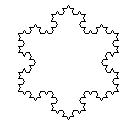
Can you modify your procedure so that the triangle added at each stage is
of different height? What heights are valid? Can you put the triangle on the inside? How does the dimension vary as the triangle changes?

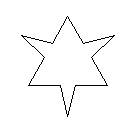
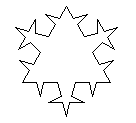
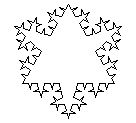
- Make another fractal or two of your own devising. If you are lacking
for ideas, look in the Peitgen book, or on the internet, or even in
Jurassic Park.
I would suggest that you incorporate the fractals you compute in the
computational portion into the expository portion, using them as
illustrations, etc. Then include the maple to do them as an
appendix.
Scott Sutherland
Mon Dec 2 10:54:20 EST 1996















